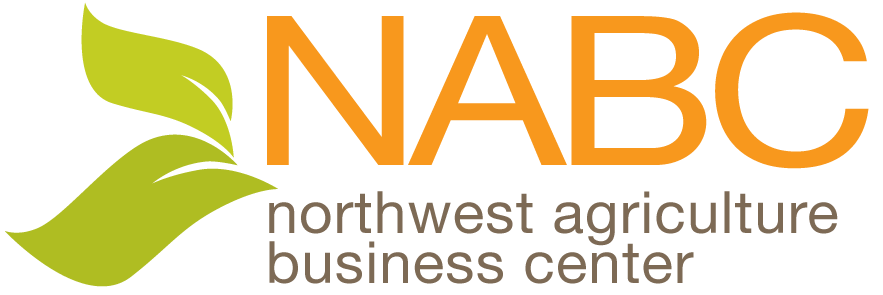Meet Farmer and Farmstead Cheesemaker Lynn Swanson of Glendale Shepherd
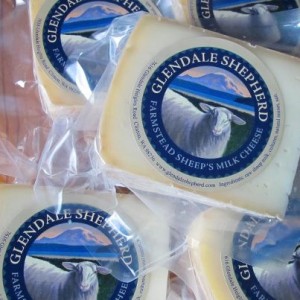
Glendale Shepherd is part of the third generation farm owned by the Swanson family, located near Clinton on Whidbey Island, Washington. The first Island Brebis cheese was sold in August 2012 at the Bayview Farmer’s Market, and since then it has gained popularity and can be found at gourmet shops and farmer’s markets throughout the region. NABC’s Sherrye Wyatt recently caught up with Glendale’s Lynn Swanson.
How did you get into farming?
Both Stan and I have backgrounds with family members who have farmed for a long time. His family bought this place in the 1940s. His grandfather was a dairy farmer in Marysville, so his Dad and he loved it here. Stan is really connected to this land. We’ve always tried to find a way to make this place sustainable and put it to a use that complements the island and our community. We tried a few things and even did summer horse camps for 10 years, but the sheep are a great fit.
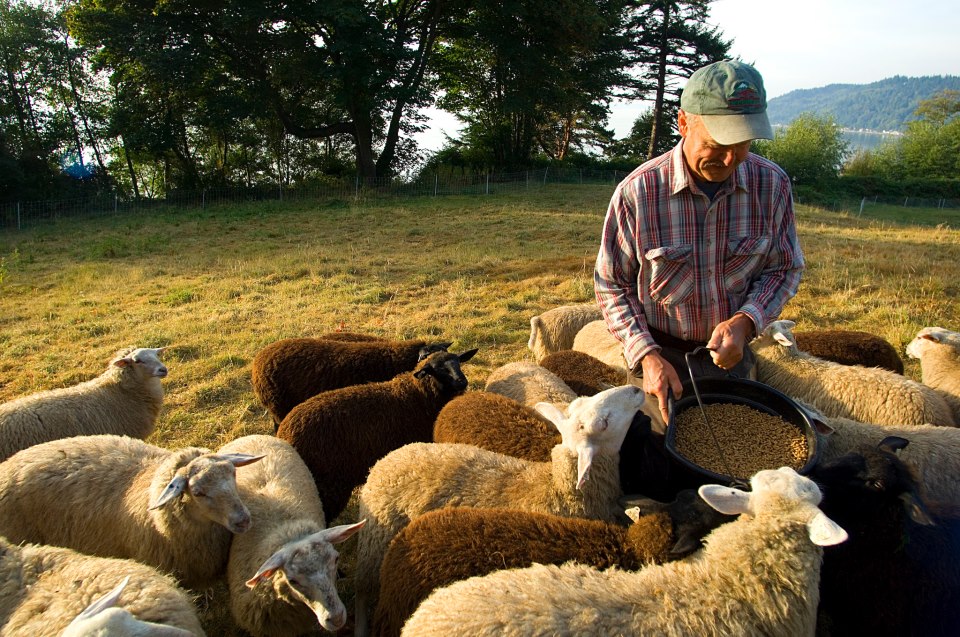
When did you start with sheep?
We’ve had sheep on this property for many years. When I was young I had wool and dual purpose (for both meat and wool) sheep in Arlington, and did a lot of spinning and weaving. My families’ farms are in Carnation. My aunts, uncles and cousins are cow dairyman. So I grew up around dairies and I just adored it. I always wanted to do it. However, this land isn’t suitable for cows really. We’ve raised a beef or two, but I have never quite succeeded in convincing Stan that we need a milking cow.
Did you make cheese when you lived on a dairy farm?
No we just drank the milk and had whipped cream and butter. Our family sold fluid milk to Vitamilk and Darigold.
What are you doing here now?
The acreage here is owned by the sons and grandsons. There is not a lot of pasture, there is a lot of forest. So the sheep are a natural fit because they don’t tear up the pastures and they like the rolling hills.
How many sheep do you have?
We finished the 2012 milking season with 25 ewes. We’ll grow that to milk closer to 40 in 2013. They are milked twice a day. They are seasonal breeders and they lactate about 6-7 months, depending on what percentage dairy blood they have.
What do you mean by better dairy blood?
In North America we’ve been crossing in European dairy breeds Lacaune and East Friesian. There aren’t any 100% pure dairy sheep in our country because there was a very limited amount of time that you could bring in embryos or animals. Right now you can’t bring anything in, it is completely locked down. Almost every dairy sheep in this country is related to only a handful of rams. They are crossed with Dorset, Suffolk, Kahtadin, Romanov and others. The percentages are getting higher over time, but it is hard to find new blood.
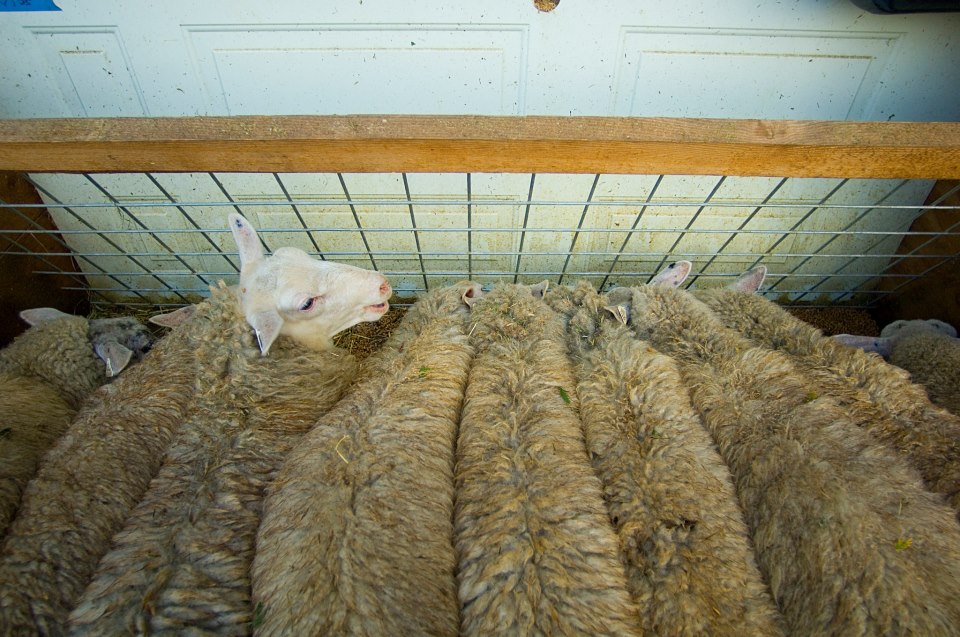
Why make cheese, how did this come about?
We’ve been raising the dual purpose breeds for about 10 years. We had sheep producing decent wool called CVM (California Variegated Mutant), but I got this urge to milk them! So I took on milking all of these poor sheep who didn’t want to be handled. Before you know it, I had more milk than we could drink, and I began playing with cheese making. The cheese started getting better and better, so I sought out actual dairy sheep that had the right temperament for milking. Once I got real dairy sheep, I was hooked. I had so much more milk to work with. Then I started taking classes.
What happened next?
When we decided to really go forward with it, my son Erik, who went through the Greenbank Farm farmer training program, did a couple of farm stays at Black Sheep Creamery in Chehalis with Brad Gregory. Erik is very involved here. We started buying a few ewes from Brad, and just fell in love with it. We joined the American Cheese Society (ACS) and went to the national conference in 2010. We met every sheep dairy person we could find, and asked permission to visit them.
What other research did you do?
Stan and I took the month of October 2010 and traveled five states, visiting every sheep and goat dairy that was open to helping us. We asked every one of them what would you do differently, what mistakes have you made, what do you like about how you have set it up and what do you think of your operation? We did research like crazy. In 2011 we finished the parlor and got that licensed. So we’ve had our Grade A Dairy License since then and that gave me a year’s worth of milk to make lots and lots of cheese.
What other input did you seek?
We hired consultants and worked on the recipes. We even hired consultants to help us design the facility. That was the best money we have ever spent. When you tour and look at a lot of dairies like we did, you see some things that you don’t want to repeat. This is very serious business. You don’t do this without having an absolutely hygienic, knowledgeable way of handling milk. It is the perfect medium for growth, which is why it makes wonderful cheese.
Were you thinking about agri-tourism when you built this facility?
No, we were thinking mostly about the highest quality of production. However, in 2012 we were on the Whidbey Island Farm Tour organized by the Whidbey Island Conservation District (WICD). We did that in part because we are so grateful to them for their support. WICD worked so hard on our farm and nutrient management plan, which was part of getting the Grade A Dairy status and fulfilling our obligation to the state. They developed this gorgeous, thorough farm plan that helped us see our way through building the plant.
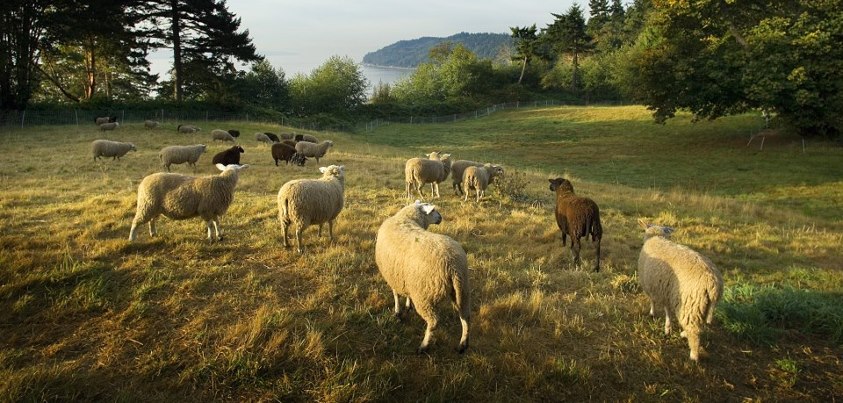
Will you do future tours?
The Farm Tour was an opportunity to see how we might manage the public, if we decide to organize future tours, perhaps on a case by case basis. We created educational boards covered with information, brought a few ewes up to where people could see them, and invited vendors to sell farm products, as well as our cheese, under tents. But we are not really set up for the public. We must constantly consider bio-security for our animals and of course for our cheese production.
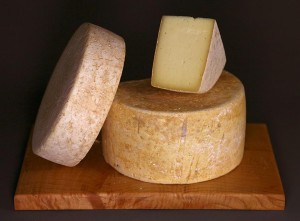 What is your product line and where can you find it?
What is your product line and where can you find it?
We make hard, aged sheep milk cheese. It is a raw milk cheese that must be aged at least 60 days, but three to six months is even better. We first introduced one cheese called Island Brebis, which is the French word for ewe’s milk. They are made in large wheels (about 5-6 pounds). This is farmstead cheese, so it is made with milk that is from the sheep raised right here.
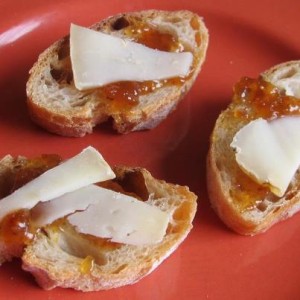 Editor’s Note: Recently, Island Brebis was one of three cheeses chosen by Jill Lightner, editor of Edible Seattle to pair with Northwest ciders during the first cider seminar ever held in conjunction with Taste Washington in Seattle, March 2013. Island Brebis cheese has also been featured at The Walrus and The Carpenter, a popular restaurant in the Ballard neighborhood of Seattle, introduced in part thanks to Whidbey Island Grown networking. Glendale Shepherd is also now in the process of creating a second cheese: Saratoga Passage. According to The Calf & Kid gourmet cheese shop in Seattle, “it has a deep, rich, sweetly nutty flavor with a wonderful lactic acidity to balance the hefty washed curd.”
Editor’s Note: Recently, Island Brebis was one of three cheeses chosen by Jill Lightner, editor of Edible Seattle to pair with Northwest ciders during the first cider seminar ever held in conjunction with Taste Washington in Seattle, March 2013. Island Brebis cheese has also been featured at The Walrus and The Carpenter, a popular restaurant in the Ballard neighborhood of Seattle, introduced in part thanks to Whidbey Island Grown networking. Glendale Shepherd is also now in the process of creating a second cheese: Saratoga Passage. According to The Calf & Kid gourmet cheese shop in Seattle, “it has a deep, rich, sweetly nutty flavor with a wonderful lactic acidity to balance the hefty washed curd.”
So far, what has been your biggest challenge?
The last few years our biggest challenge was being under construction and production at the same time. Even before we had the cheese facility ready, we were milking for a whole season and I was making cheese every day. I wanted to know that these recipes were going to work. Plus we were building that cheese facility. The parts that needed to be done for licensing were done, but next came the packaging facility. Then next came turning my old art studio into a tasting room and office for buyers or special guests by invitation, in order to have a beautiful setting to taste the cheese.
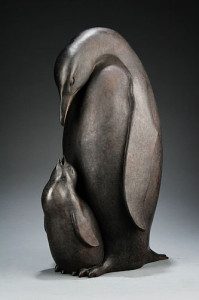
What are your other passions?
I worked as a pattern maker for clothing designers for many years before we moved here. I even commuted to Seattle the first few years we lived on Whidbey Island. I’ve always done something with my hands such as custom sewing which goes along with pattern making, even wedding dresses and things for family. Then I did bronze. The building where the cheesemaking facility is now was once rented to a foundry. For a few years they were pouring bronze for me and other artists.
Have you ever done textile art with wool?
Yes, that was my passion when I was in my twenties. I did spinning and weaving and made custom designed, hand woven garments sold in Seattle.
What is the most gratifying thing about this path that you have chosen?
Because farming is so in my blood and background, and I love animals, it is really gratifying to do something that can be shared with other people. I want people to understand animals and be connected. I want them to appreciate where their food comes from. That is such a thrill for me.
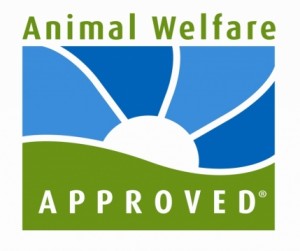 What is the Animal Welfare Approved program?
What is the Animal Welfare Approved program?
It is an independent, USDA approved label. After an extensive audit of all of our farming practices and standards, we were approved and are proud to receive this seal. They go through lists and records and are considered the gold standard for how animals are treated. According to the AWA program, it audits and certifies family farms raising their animals humanely, outdoors on pasture or range. Farmers who earn the AWA seal benefit by having a third party audit of their high-welfare practices, and consumers benefit by knowing that the humane label means what it says. We have stickers we will put on our products.
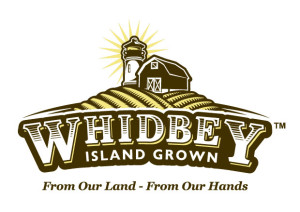 You are also a member of Whidbey Island Grown. How are you using that program to help with your marketing?
You are also a member of Whidbey Island Grown. How are you using that program to help with your marketing?
We display the sticker on our products and signage at our booth at various farmers’ markets. The program also connects us with other farmers on the island.
Follow Glendale Shepherd on Facebook
